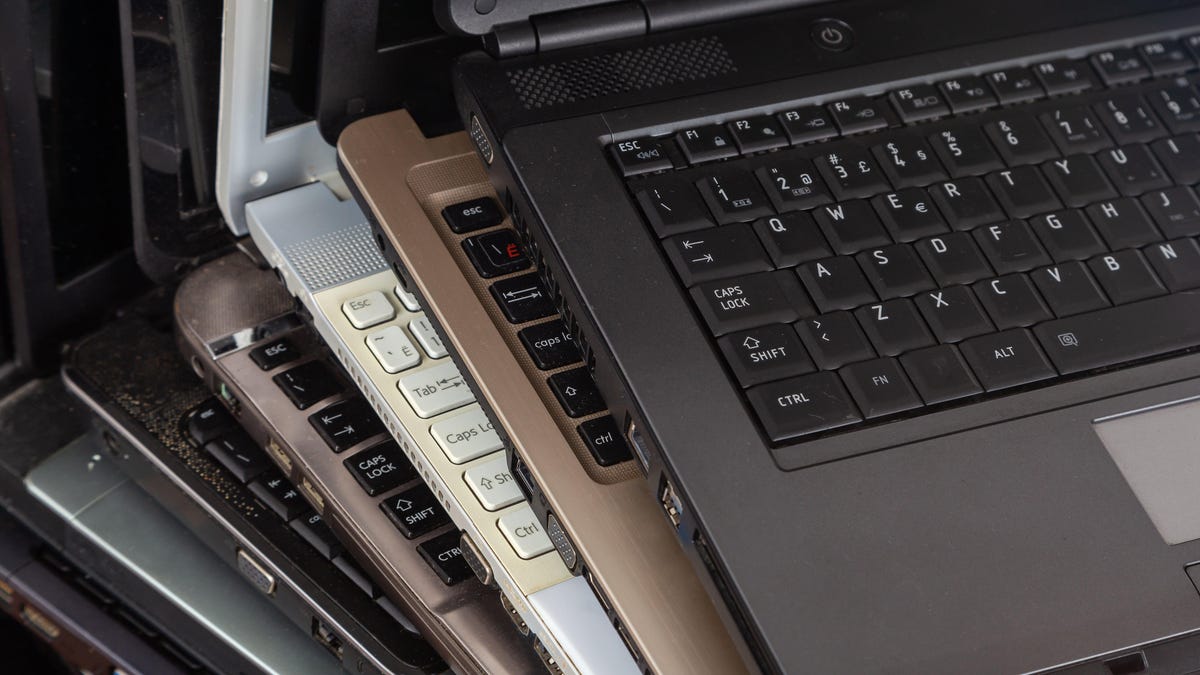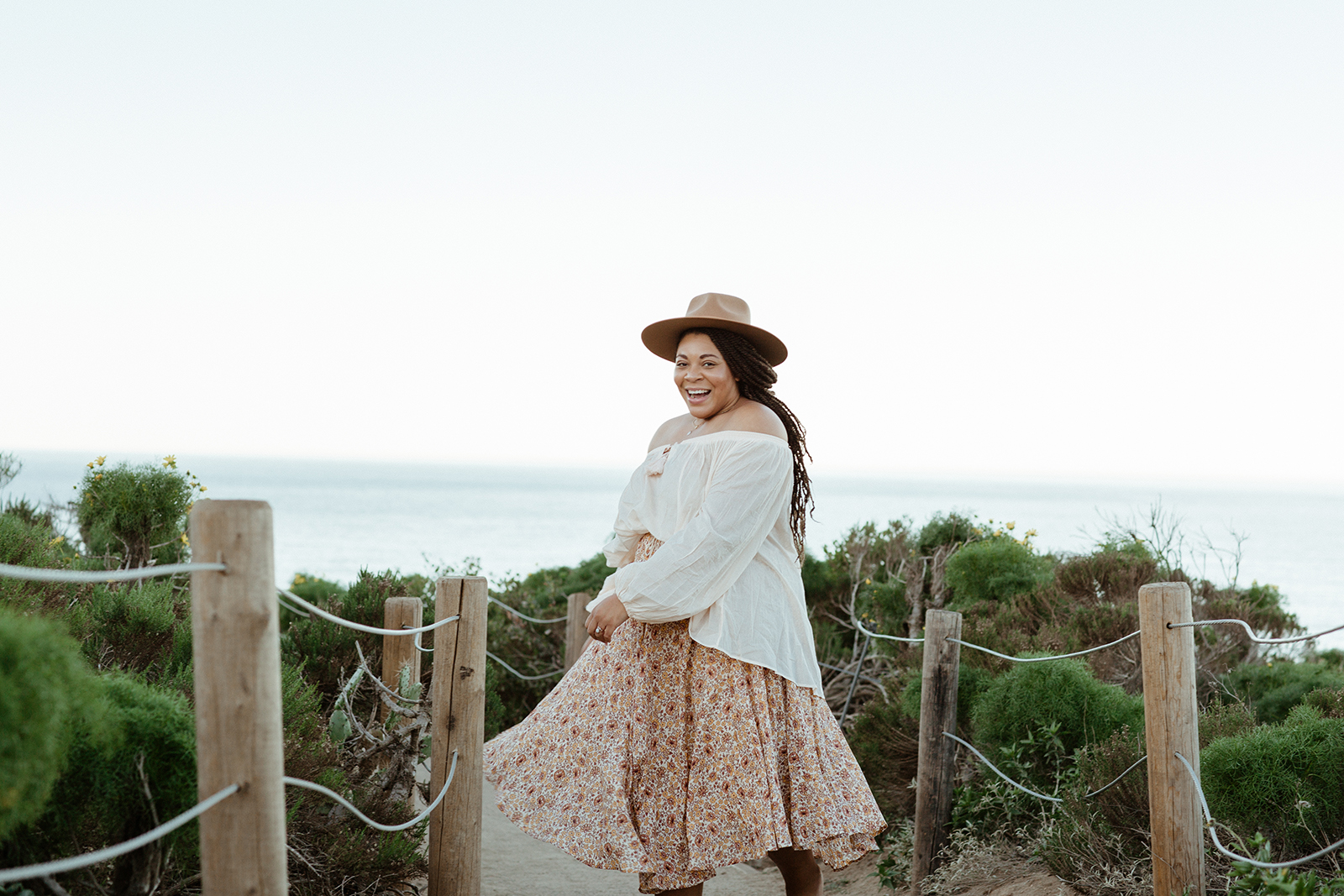Abhaya Mudra (Gesture of Fearlessness): How to Do, Meaning & Benefits
Abhaya Mudra is a hand gesture known as the “Gesture of Fearlessness.” It involves raising the right hand with the palm facing outward, symbolizing safety and peace. This gesture is deeply rooted in various dharmic traditions, including yoga, meditation,...
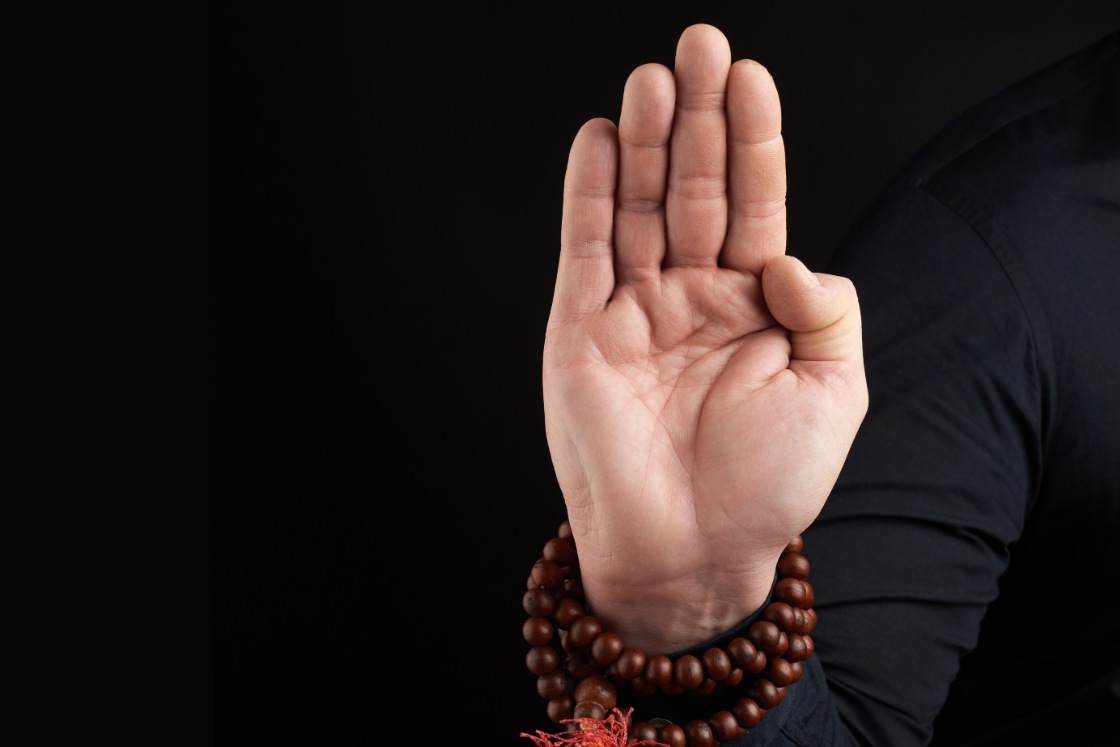
 Image source: shutterstock
Image source: shutterstockAbhaya Mudra is a hand gesture known as the “Gesture of Fearlessness.” It involves raising the right hand with the palm facing outward, symbolizing safety and peace. This gesture is deeply rooted in various dharmic traditions, including yoga, meditation, and religious practices. It is often depicted in Buddhist art, representing protection and calming fears.
Beyond its physical form, Abhaya Mudra carries significant spiritual meaning. It helps practitioners embrace inner strength and overcome fears. Used in both spiritual practices and daily life, it promotes a sense of security and confidence.
Meaning & significance
The term “Abhaya Mudra” comes from Sanskrit, where “Abhaya” means “fearlessness” and “Mudra” means “gesture.” So, Abhaya Mudra means “the gesture of fearlessness.” This mudra symbolizes being free from fear and feeling protected. By using this gesture, practitioners aim to overcome their fears and gain inner strength.
The Abhaya Mudra is performed with the right hand raised, palm facing outward. It shows a commitment to rise above ignorance and follow the path of righteousness. Often, the left hand may be positioned downwards or in another gesture, like Varada Mudra or Dhyana Mudra. In various traditions, such as Hinduism and Jainism, this mudra also represents divine protection and is associated with deities like Shiva, Parvati, and the goddess Shakti.
Abhaya mudra in buddhism
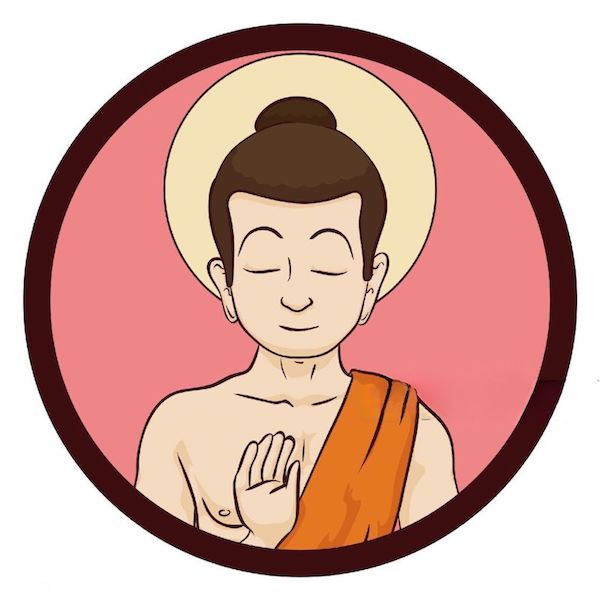 Image source: shutterstock
Image source: shutterstockIn Buddhism, Abhaya Mudra is a special hand gesture that means “fearlessness.” There’s a famous story where Buddha used this gesture to calm a very angry elephant. When the elephant saw the gesture, it became calm and peaceful. This shows how Abhaya Mudra can help stop fear and bring peace.
You can often see Abhaya Mudra in Buddhist art and statues. It shows Buddha holding his right hand up with the palm facing out. This gesture stands for kindness, peace, and bravery. Buddha is believed to have first used this gesture after becoming enlightened.
It’s also linked to Amoghasiddhi, one of the five Dhyani Buddhas, who represents wisdom and fearlessness. In various depictions, like the Leela Buddha, Abhaya Mudra helps show how Buddha faced and overcame fear, promoting a sense of inner calm.
How to do abhaya mudra(Steps)
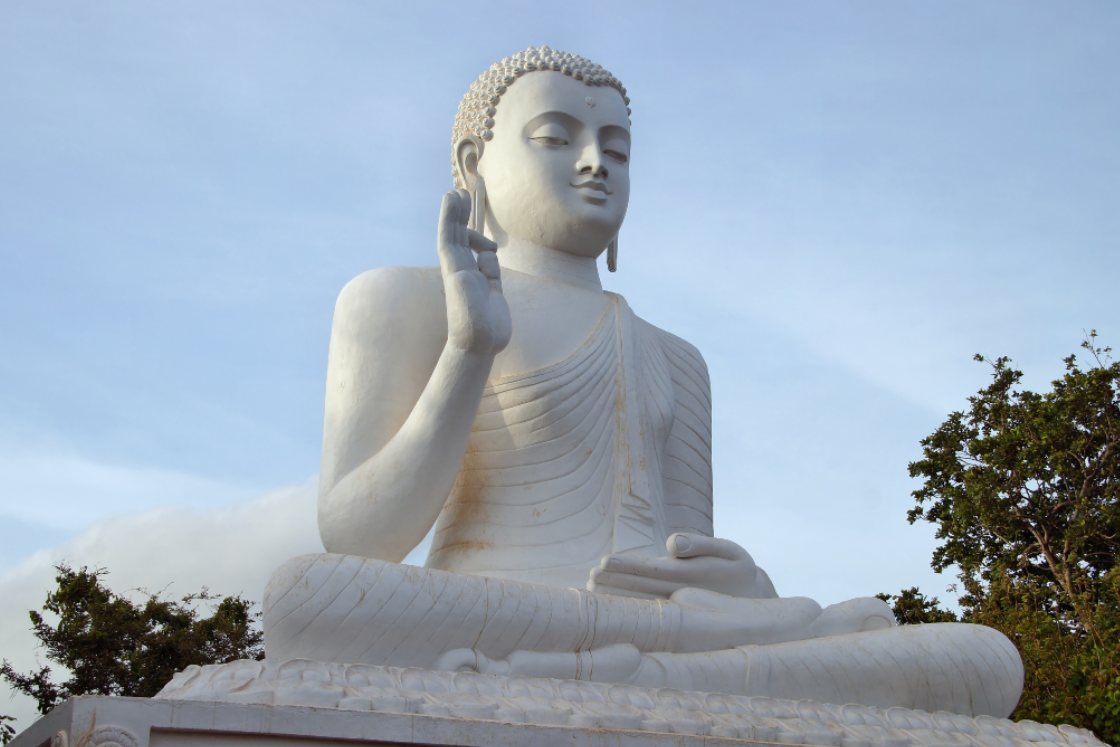
The Abhaya Mudra should be performed with the right hand only; the left hand often forms the Dhyana Mudra.
Sit comfortably in a yoga pose like Sukhasana or Padmasana on a mat. Take deep breaths to relax and energize yourself. Place your left hand on your left knee with the palm facing upwards. Lift your right hand to shoulder height, with the palm open and facing forward, fingers upright. Close your eyes and focus on your breath and inner awareness(Chitta). Hold this position for as long as you can, then gently release.Time & duration
Duration: Practice Abhaya Mudra for at least 20-30 minutes each day. This can be done in one continuous session or divided into 2-3 stretches of 10-15 minutes. Timing: For optimal benefits, perform the mudra in the morning. However, you can practice it at any time of day that fits your schedule.Additional tips
Performing Abhaya Mudra along with breathing exercises (Pranayama) can enhance its benefits. Ensure that your posture is relaxed and avoid exerting unnecessary tension on your body.Precautions
Ensure you are seated comfortably in a stable posture to avoid strain. Do not practice if you feel physically unwell or fatigued. Focus on correct hand positioning and avoid any tension in the hand or arm. Maintain steady, relaxed breathing while performing the mudra. Practice consistently to experience the full benefits of Abhaya Mudra. Stop the practice and adjust your position if you experience any discomfort. Drink adequate water before and after practice, but avoid large quantities immediately before.Side effects
Generally, Abhaya Mudra is safe, but potential side effects may include minor discomfort or tension in the hand or arm.
Affirmation
“I am protected and fearless, embracing courage with every breath.”
This affirmation empowers me to face any challenge with unwavering confidence. Each breath fills me with strength and reassurance, grounding me in my inner power.”
Abhaya mudra and Varada mudra
Abhaya Mudra, or the “Gesture of Fearlessness,” involves raising the right hand with the palm facing outward. It symbolizes protection, reassurance, and fearlessness, often used to convey peace and safety. In contrast, Varada Mudra, the “Gesture of Charity,” involves lowering the right hand with the palm outward and fingers extended. It signifies generosity and the act of giving, often seen in depictions of blessings.
Together, these mudras complement each other by balancing spiritual and material aspects. Abhaya Mudra provides protection and courage, while Varada Mudra represents generosity and the fulfillment of material needs. Practiced together, they offer both spiritual support and practical assistance, reflecting a holistic approach to support and reassurance.
Gyan Mudra and Abhaya Mudra
Gyan Mudra and Abhaya Mudra are closely related but serve distinct purposes. Gyan Mudra involves touching the tip of the thumb to the tip of the index finger while the other fingers are extended. This mudra is known for enhancing mental consciousness, focus, and awareness.
Abhaya Mudra, on the other hand, is a modified variation of Gyan Mudra. Instead of the fingers touching, Abhaya Mudra involves raising the right hand with the palm facing outward. This gesture is used to symbolize fearlessness and protection. While Gyan Mudra supports mental clarity and awareness, Abhaya Mudra addresses fear and promotes a sense of inner courage. Essentially, Gyan Mudra cultivates mindfulness, whereas Abhaya Mudra helps overcome fears and boosts confidence.
Benefits of Abhaya Mudra
Overcome Fear: This gesture aids in overcoming personal fears and instills a sense of courage. By symbolizing protection, it encourages facing challenges with confidence and bravery. Calm the Mind: Regular practice of Abhaya Mudra promotes mental calmness and helps reduce anxiety. It creates a reassuring sense of safety, making it easier to manage stress and nervousness. Build Inner Strength: Abhaya Mudra fosters inner resilience and spiritual strength. Practitioners often feel more grounded and self-assured, enhancing their ability to handle life’s challenges. Enhance Intuition and Spiritual Insight: By activating the Ajna Chakra, Abhaya Mudra supports intuition and spiritual insight. This practice helps in gaining a deeper understanding of spiritual matters and personal growth. Promote Emotional Balance: Engaging the Anahata Chakra through Abhaya Mudra helps in achieving emotional balance and harmony. It supports effective emotion management and contributes to overall inner peace and stability.Conclusion
Abhaya Mudra is a simple yet powerful gesture that can help you overcome fear, calm your mind, and build inner strength. By integrating this mudra into your daily routine, you can face challenges with greater confidence and achieve a more balanced and resilient state of mind. Give Abhaya Mudra a try and experience the transformative power of this ancient practice.
FAQs Abhaya Mudra
Q1. What is the significance of Abhaya Mudra?
Abhaya Mudra symbolizes protection, peace, benevolence, and the dispelling of fear. It represents the assurance of safety and security, as seen in depictions of deities like Shiva in his Nataraja form, offering protection from evil and ignorance.
Q.2 How long should I practice Abhaya Mudra each day?
Practice for 20-30 minutes daily, either in one session or split into shorter periods throughout the day.
Q.3 What should I focus on while practicing Abhaya Mudra?
Focus on maintaining a calm breath, a sense of inner protection, and visualizing fearlessness.
Q.4 What chakra is associated with Abhaya Mudra?
It primarily activates the Ajna (Third Eye) Chakra for intuition and insight, and the Anahata (Heart) Chakra for emotional balance.
Q.5 Can Abhaya Mudra help with stress relief?
Yes, it helps to alleviate stress by promoting a sense of safety and calm.
Q. 6 Is there a specific posture for practicing Abhaya Mudra?
It can be practiced while seated in a comfortable posture like Sukhasana or Padmasana, or standing.
Q7. What should I eat before practicing Abhaya Mudra?
It’s best to have a light meal or snack that includes fruits, nuts, or a small serving of whole grains. Avoid heavy, greasy, or spicy foods.
Q. 8 Should I practice Abhaya Mudra on an empty stomach?
Practicing on an empty stomach is ideal for some people, as it helps avoid discomfort and promotes focus. However, if you’re hungry, a light snack is fine.

 Lynk
Lynk 









